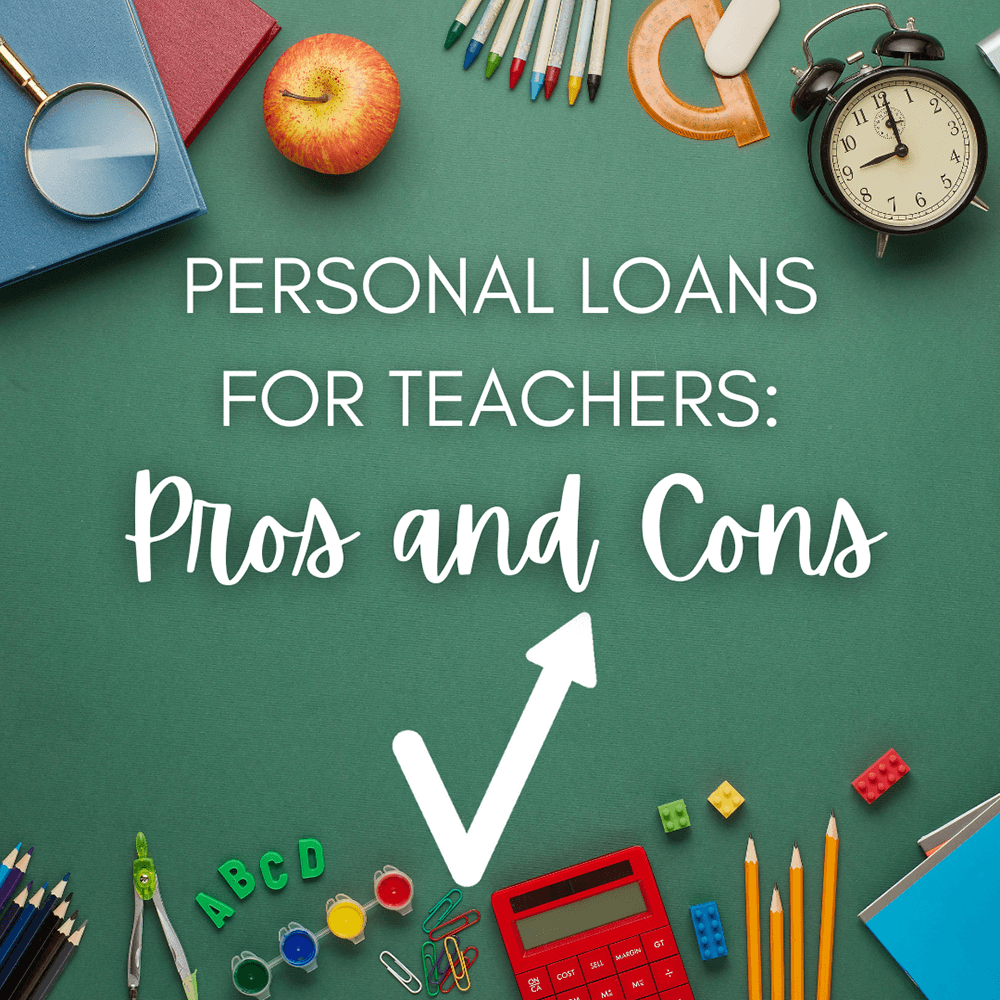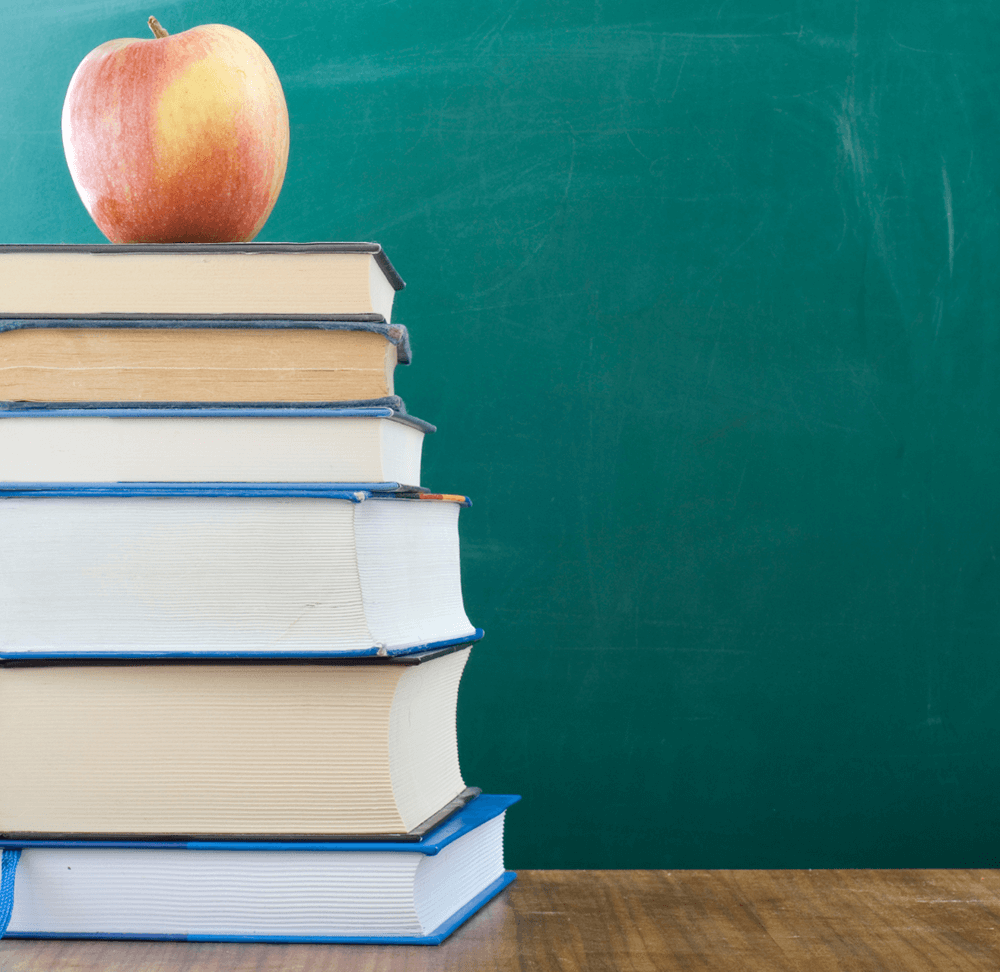
Personal Loans for Teachers: Pros and Cons
If you’re a teacher, you know the struggle. The long hours grading papers and lesson planning late into the night, all while trying to make ends meet on a modest salary.
Some months, it feels nearly impossible to keep up with the bills, let alone save anything for the future.
So, when an unexpected expense pops up—maybe your car breaks down, or you need to replace your classroom’s aging textbooks—taking out a personal loan can seem like the quick fix you need.
Let’s walk through the key things teachers should know before taking the personal loan plunge. We’ll go over how they work, potential upsides and downsides, factors to think through, and tips if you decide borrowing is your best route.
Understanding Personal Loans
Simply put, a personal loan is money you borrow upfront from a bank, credit union, or online lender. This lump sum gets deposited directly into your account to use however you need it. How nice would that be right about now?
But you have to repay the loan in monthly installments plus interest over a set period of time, usually between one and seven years. The interest and repayment timeline is agreed upon upfront based on factors like your income, credit score, and existing debts.
Personal loans can be secured (requiring an asset like your home as collateral) or unsecured.
Unsecured is more common but comes with higher interest rates since the lender assumes more risk.
Key Takeaway: Teachers often use personal loans to knock out credit card balances, finance continuing education, renovate classrooms, or even take a dream vacation.
Pros of Personal Loans for Teachers
Taking on debt is no fun. But sometimes, personal loans make sense to help you move forward or build a better life. Here are a few potential pluses that may appeal to teachers:
Lower Interest Rates than Credit Cards
When money gets tight, credit cards are an easy fallback. But interest rates of around 16% quickly pile on costs. Personal loans tend to offer much lower rates of 5% to 36%, depending on your credit. Less interest frees up more of your monthly budget.
Online lenders like Level offer even lower rates than traditional banks as well as a swifter application process.
Extra Flexibility
Unlike student loans or mortgages, personal loans are pretty flexible in how you use the money. Need to knock out stacks of credit card bills? Check. Give your classroom a Pinterest-worthy makeover. You can make it happen. Finance a European getaway to recharge? Go for it. The freedom to address whatever pops up can be hugely helpful.
Predictable Payments
Unlike credit cards, which have varying minimum payments, personal loans lock in fixed monthly installments over a set timeline. This predictability makes it easier to budget confidently.
You’ll know exactly what’s owed each month. For teachers swimming in lesson plans, reliability and simplicity can be a blessing.
Key Takeaway: Compared to high-interest credit card debt, personal loans offer teachers lower rates, flexible uses, and predictable repayment schedules to take control of expenses.
Read More: Is a Personal Loan Better Than Credit Cards?
Cons of Personal Loans for Teachers
On the flip side, personal loans have definite downsides that teachers must carefully weigh:
Sky-High Interest Rates
While often lower than credit cards, personal loan interest rates can still eclipse 20% if your credit score isn’t stellar. Be sure to account for just how much those rates will cost you long-term. Read the fine print! Crunching the numbers may change your mind.
Snowballing Debt
Adding another monthly bill can quickly bury you in debt if you’re not diligent about repayment. Missing or delaying payments dings your credit and leads to penalties or loan default. Tread carefully to avoid letting manageable debt snowball out of control.
Credit Score Impacts
Applying for a personal loan dents your credit score a bit. Higher debt levels also lower your credit. Miss a payment or two, and your score can plummet 100 points or more. Damaged credit means higher interest rates for years. Keep this in mind.
Key Takeaway: From hefty interest to credit consequences, personal loans come with big financial risks that teachers must carefully evaluate.
How to Decide If a Personal Loan Is Right for You
Before you fill out any applications, take some time to reflect on your full financial situation. Here are a few key questions to ask yourself:
Assess Your Financial Situation
Be honest about your current income and expenses. Make sure you have adequate emergency savings as a buffer before borrowing. Adding debt payments to an already tight budget may do more harm than good. Live below your means to pay loans off quickly.
Consider Other Financing Options
Some districts or teaching organizations offer low-interest loans or grants for professional development or classroom needs. Investigate alternatives tailored to educators first before resorting to personal loans. You may find better support.
Read the Fine Print
We can’t stress this enough—understand the full costs and obligations before signing anything! Vet interest rates, origination fees, early payoff penalties, etc., across multiple lenders. Read the nitty-gritty to avoid surprises. Knowledge is power.
Key Takeaway: Take an honest look at your finances, explore teacher-specific alternatives, and scrutinize the fine print before deciding if a personal loan is truly your best option right now.
Smart Tips for Securing the Best Loan Terms
Okay, you’ve done your homework and feel ready to apply for a personal loan. Here are a few tips to hopefully score you the most favorable rates and repayment timeline:
Check Your Credit Score
Your credit largely determines the loan terms you’ll qualify for. Check your score before applying so you know where you stand. If it’s low, take steps to improve it first, like paying down debts or disputing errors.
Compare Multiple Lenders
Apply with several national banks, local credit unions, and online lenders. Compare interest rates, fees, and other terms side-by-side. Even small differences can save you a lot over the loan repayment period.
Consider Adding a Co-Signer
Asking a creditworthy co-signer to share responsibility for the loan may help you get approved and score a lower interest rate if your credit is lacking. Just make sure they know the obligation they’re taking on.
Key Takeaway: Review your credit, compare multiple lenders, and use a co-signer if helpful to land the best personal loan for your situation.
Final Thoughts
The main takeaway is that personal loans let teachers access fast financing, but they shouldn’t be taken lightly. Consider all your options and truly assess whether borrowing makes sense for your financial situation right now.
Weigh the pros and cons thoroughly. If you decide to apply, shop around for the most favorable loan terms.







Sorry, the comment form is closed at this time.